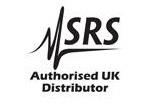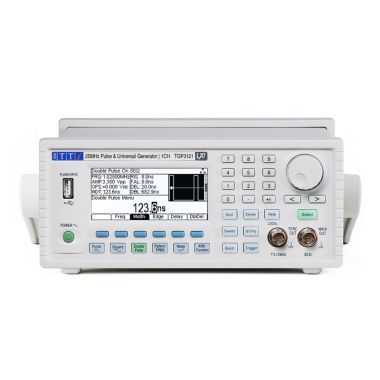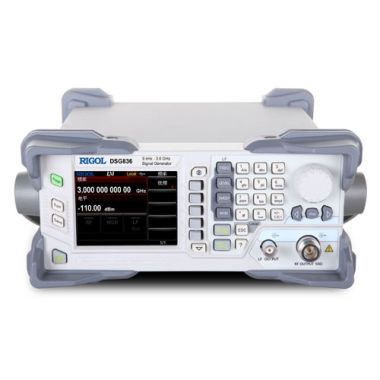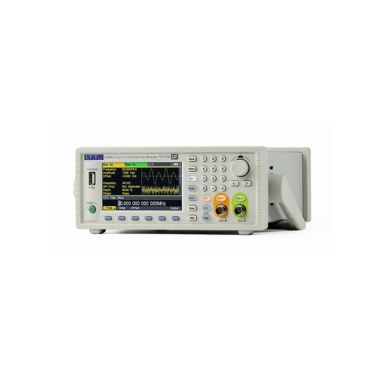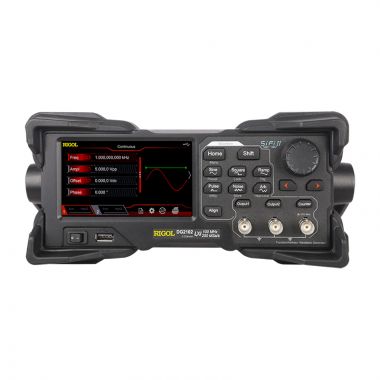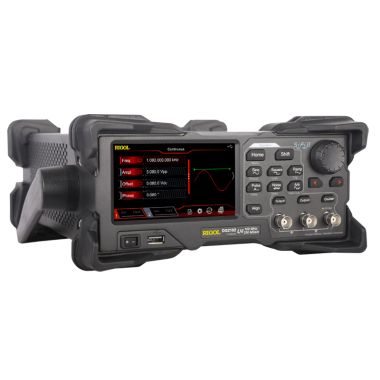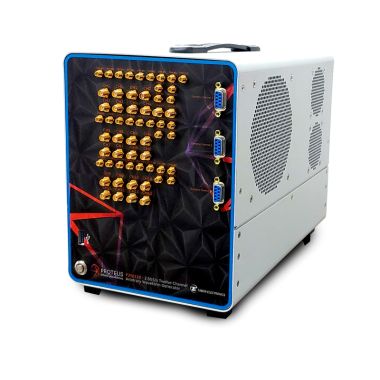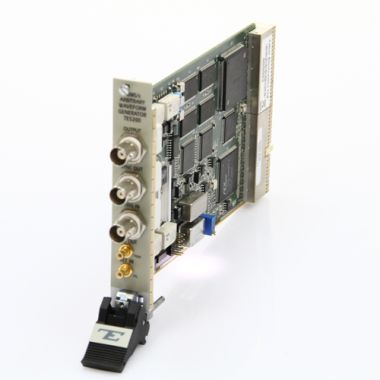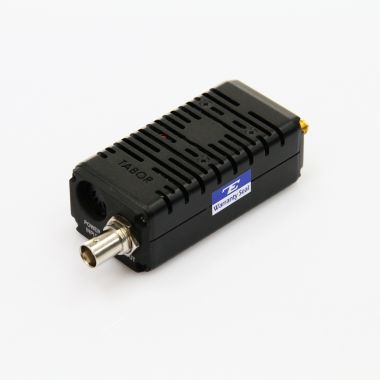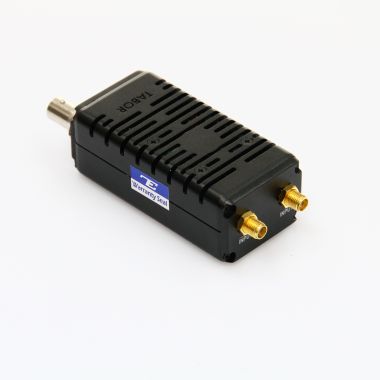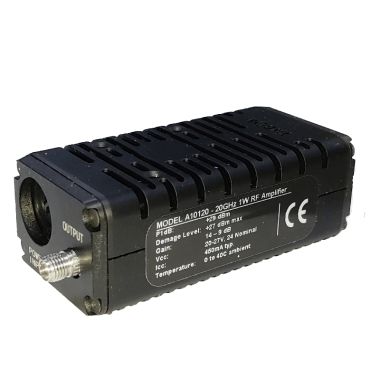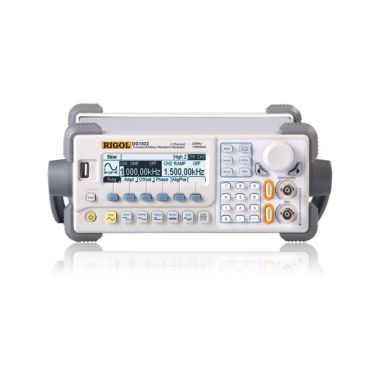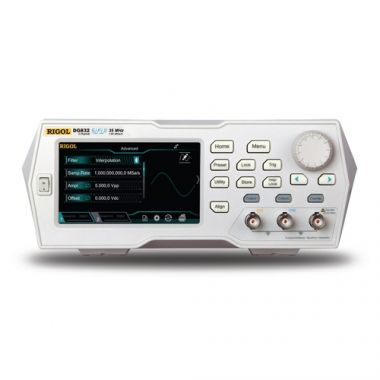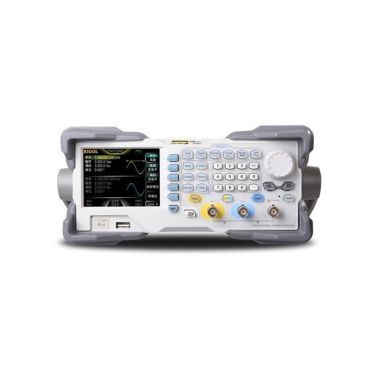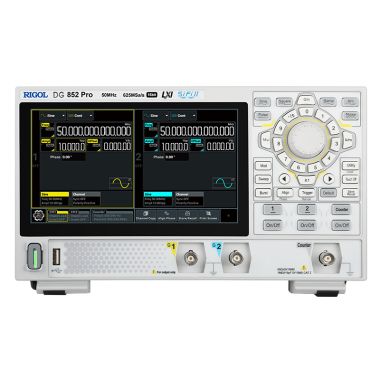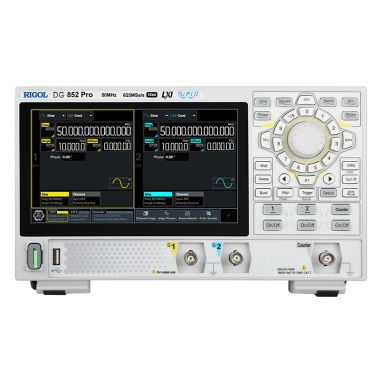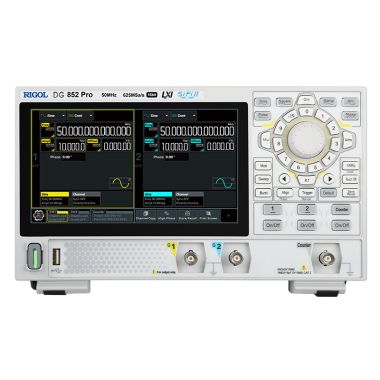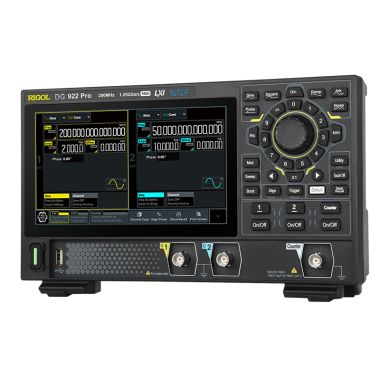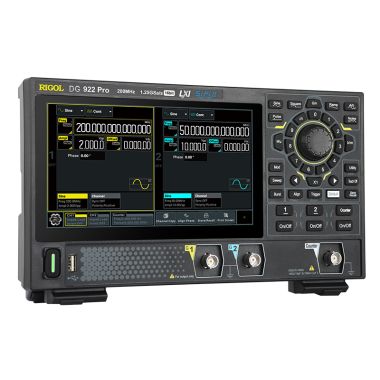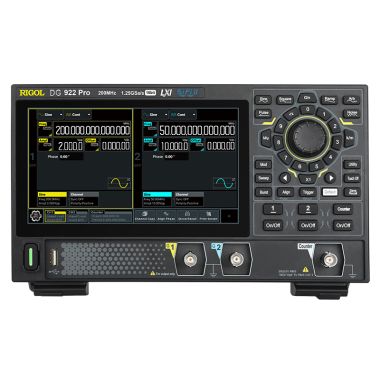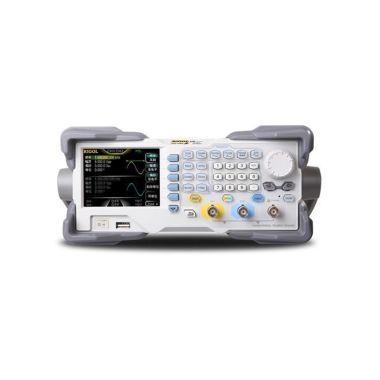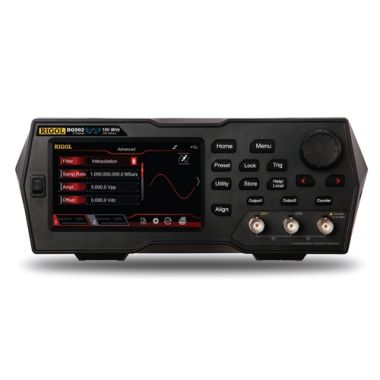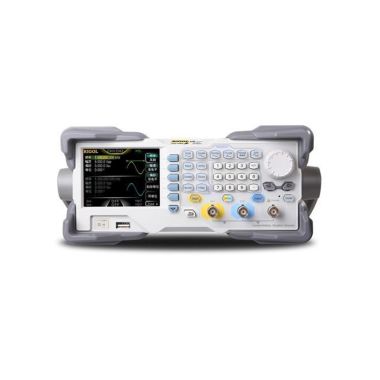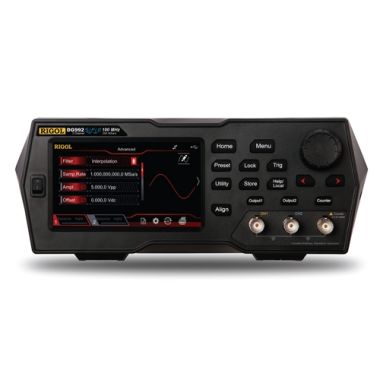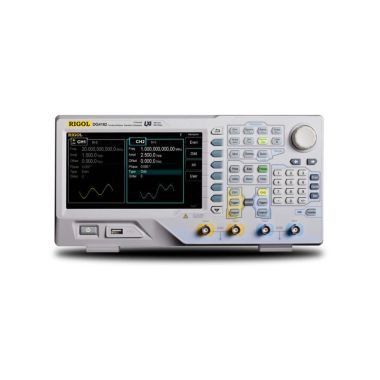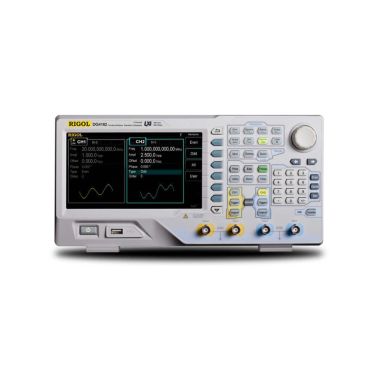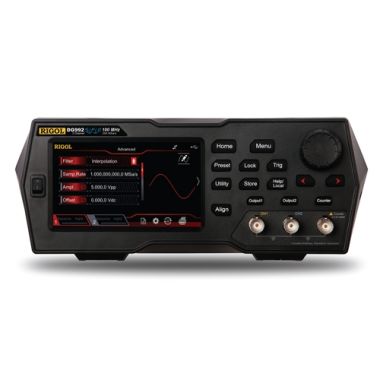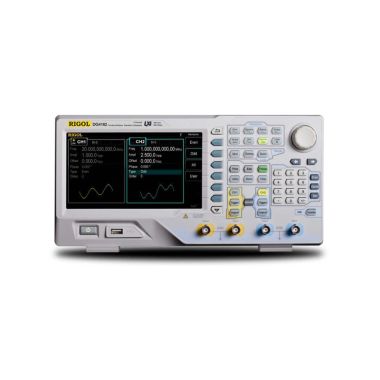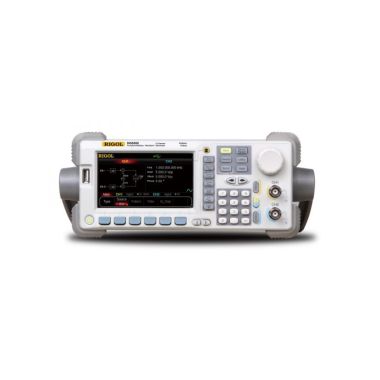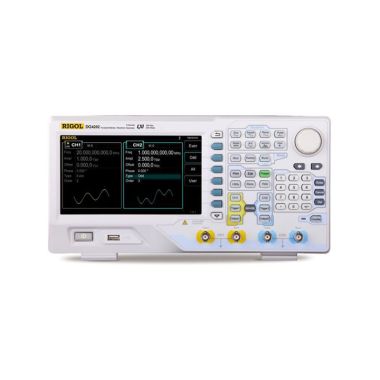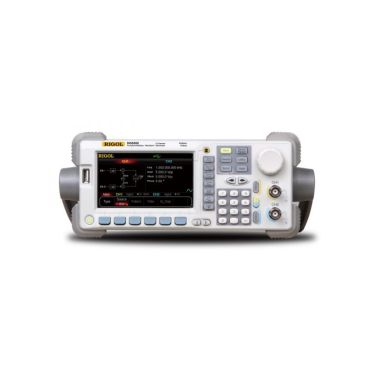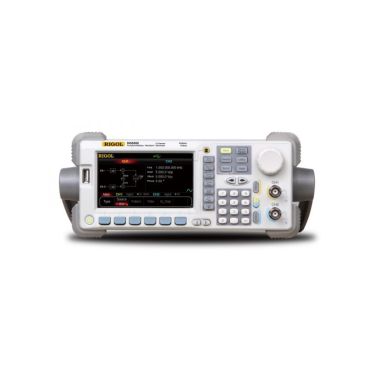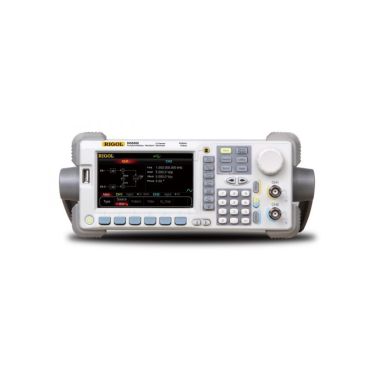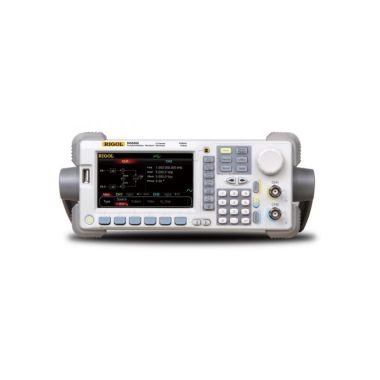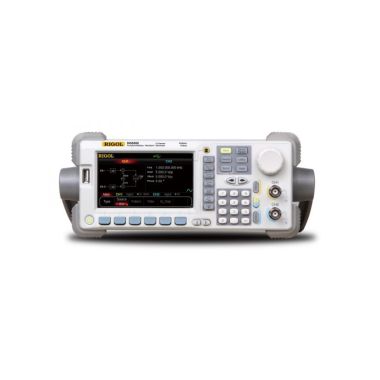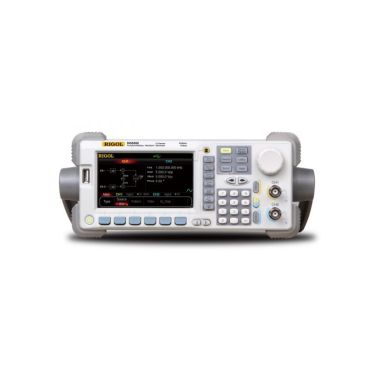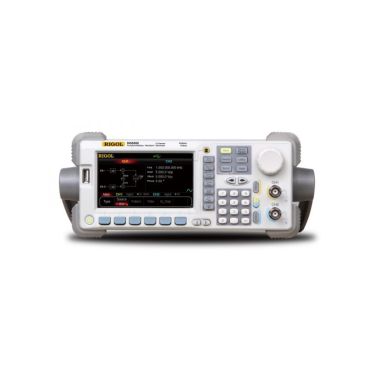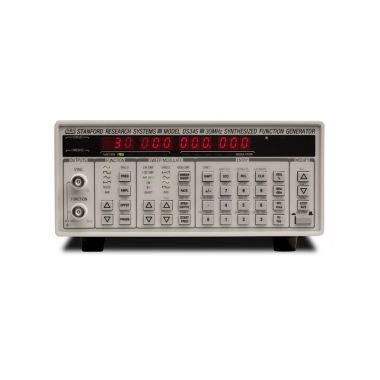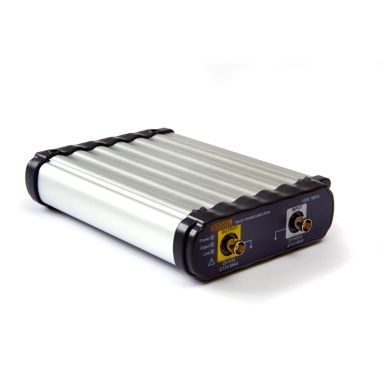SRS DS360 Ultra Low Distortion Function Generator
- Frequency output from 1µHz to 200 kHz
- Sine, Square, White and Pink Noise
- 20µVpp to 40 Vpp output range
- Linear and log frequency sweeps
- 1mHz frequency resolution
- 25 ppm frequency accuracy
- BNC, XLR and banana connectors
- Balanced and unbalanced outputs
- Standard RS-232 and GPIB interfaces
Lambda Exclusive Promotion:
Additional 12 months warranty for free (2 years total) via our UK Service Centre.
The Stanford Research Systems DS360 combines outstanding frequency precision, ultra low distortion, computer programmability and more features than any generator in its class. It's the only audio frequency source that has it all.
The performance of a low distortion analog source and the precision of direct digital synthesis (DDS) is combined in a unique new instrument - the DS360 from SRS. With less than 0.001% total harmonic distortion (THD), 25 ppm frequency accuracy and a broad range of features including standard waveforms, sweeps and bursts, the SRS DS360 is the ideal source for audio frequency applications.
Performance
Unlike conventional RC oscillators, the DS360 uses digital signal processing and a precision 20-bit D/A converter to provide better than -100 dB distortion over the audio frequency range. And with its DDS architecture, the DS360 has the features and flexibility of a contemporary synthesized function generator. Every effort has been made to keep the DS360 as quiet as possible. Careful shielding and board layout keep the output noise to a minimum, making the DS360 the instrument of choice for audio research and development, manufacturing and automated testing.
Stability
Low distortion analog sources have impressive THD specifications, but when it comes to frequency accuracy and resolution, they can't touch the precision of DDS generators. The DS360 delivers 0.0025% frequency accuracy over its entire frequency range. It also boasts six digit frequency resolution from 1µHz to 200 kHz and a steady 25 ppm frequency stability. You can actually dial in 123,456 Hz from the front panel and have it mean something!
Functions
The DS360 generates clean sine and square waves as well as a two-tone signal for IMD testing. The two-tone signal is defined as either two sine waves or a sine and square wave. Both frequency and amplitude are independently set for the two waves allowing standard two-tone formats like SMPTE, DIM and CCIF to be generated. In addition to standard waveforms, the DS360 outputs white noise, pink noise and bandlimited white noise.
Unlike single frequency analog sources, the DS360 generates low distortion frequency sweeps over its entire frequency range. Linear and log sweeps are set between 1µHz and 200 kHz with sweep times between 0.3 ms and 100 s. The DS360 provides outstanding amplitude flatness (0.5% up to 20 kHz) during frequency sweeps and has a TTL level sweep marker output for synchronizing external equipment. The DS360 also creates tone bursts of sine and square waves. The number of ON cycles, repetition rate, and the OFF amplitude level can all be adjusted. Sweeps and bursts may be triggered from the internal rate generator or an external trigger, or they can be externally gated.
Outputs
All functions and parameters are easily set using the front panel keypad and spin knob. For convenience, a wide variety of amplitude units including Vrms, Vpp, dBV, dBm and dBrel can be selected. Front panel outputs including XLR, BNC and dual banana jacks assure compatibility with any system. The outputs can be configured as balanced or unbalanced, with amplitudes from 20.0µVpp to 80.0 Vpp (balanced), and 10.0µVpp to 40.0 Vpp (unbalanced). Chassis ground and output common banana jacks are also provided. Rear panel digital outputs conform to AES-EBU and SPDIF/EIAJ formats. An XLR jack is provided for the AES-EBU output and both fiber optic and coaxial connectors are provided for the SPDIF/EIAJ output.
Interfaces
The DS360 is designed for benchtop use as well as automated testing. With standard IEEE-488 (GPIB) and RS-232 interfaces the DS360 is fully computer programmable - a feature seldom found in low distortion sources. All instrument functions can be controlled or queried through the computer interfaces. The user's manual contains sample programs written in C, BASIC and FORTRAN for GPIB and RS-232 communication.
Additional Information
| No. of Channels | 1 |
|---|---|
| Signal Generator Type | Function |
| Bandwidth MHz | 0.2 |





